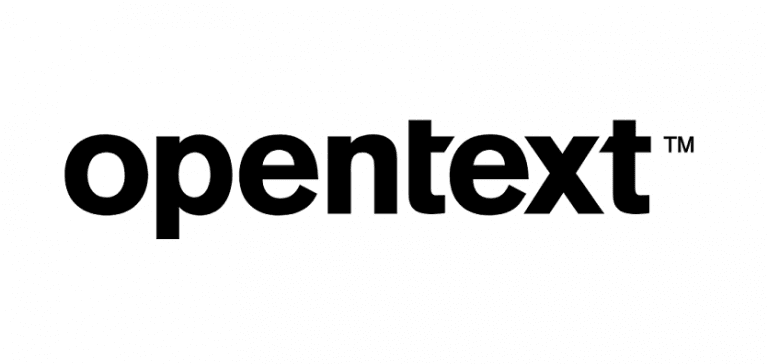Every Australian government agency has a digital strategy prioritising the shift from legacy systems to contemporary integrated, scalable and resilient solutions. “By reducing legacy technology, we can more efficiently deliver personalised and seamless services to our communities as well as reduce costs to government.”
NSW Government, NSW Digital Strategy 20241
Despite this, many agencies face significant challenges migrating from outdated applications and databases to contemporary solutions, even with awareness of the risks and costs of the status quo.
“Government’s digital and ICT landscape is characterised by legacy platforms, technical debt, bespoke singlepurpose applications, tools approaching end-of-life (and in some cases beyond end-of-life)”
Digital Transformation Agency, Digital Review 20212
Agencies can be held back for several reasons, including insufficient resources, concerns over business continuity, and difficulties in complying with evergrowing information preservation, privacy and security requirements such as the Australian Privacy Principles (APPs)3 and Security of Critical Infrastructure Act 2018 (SOCI Act).4
These challenges can trap agencies in a vicious cycle of reliance on legacy systems that are difficult to maintain, ineffective, and inefficient.


